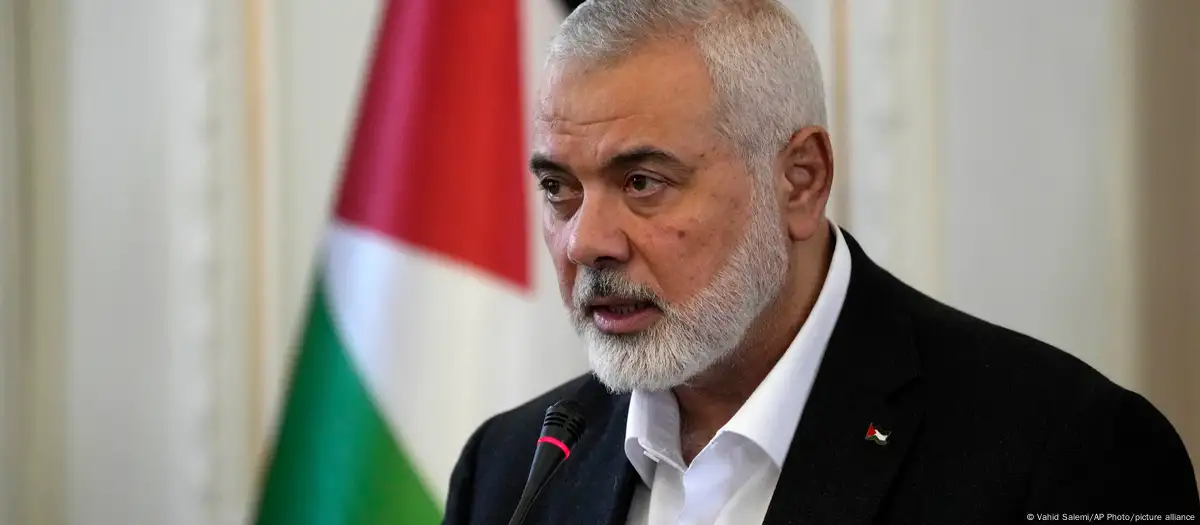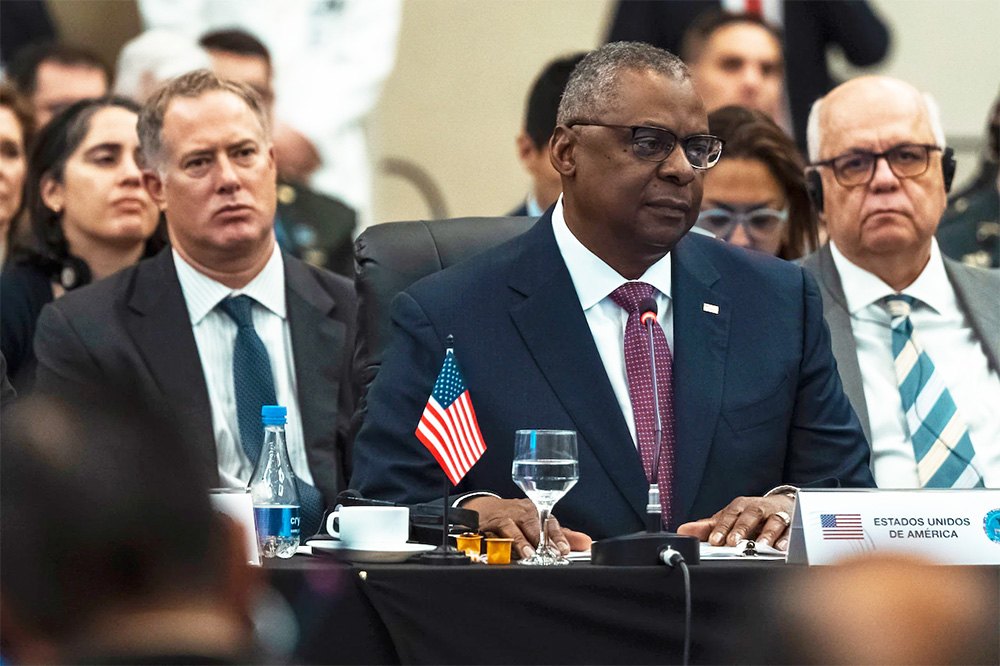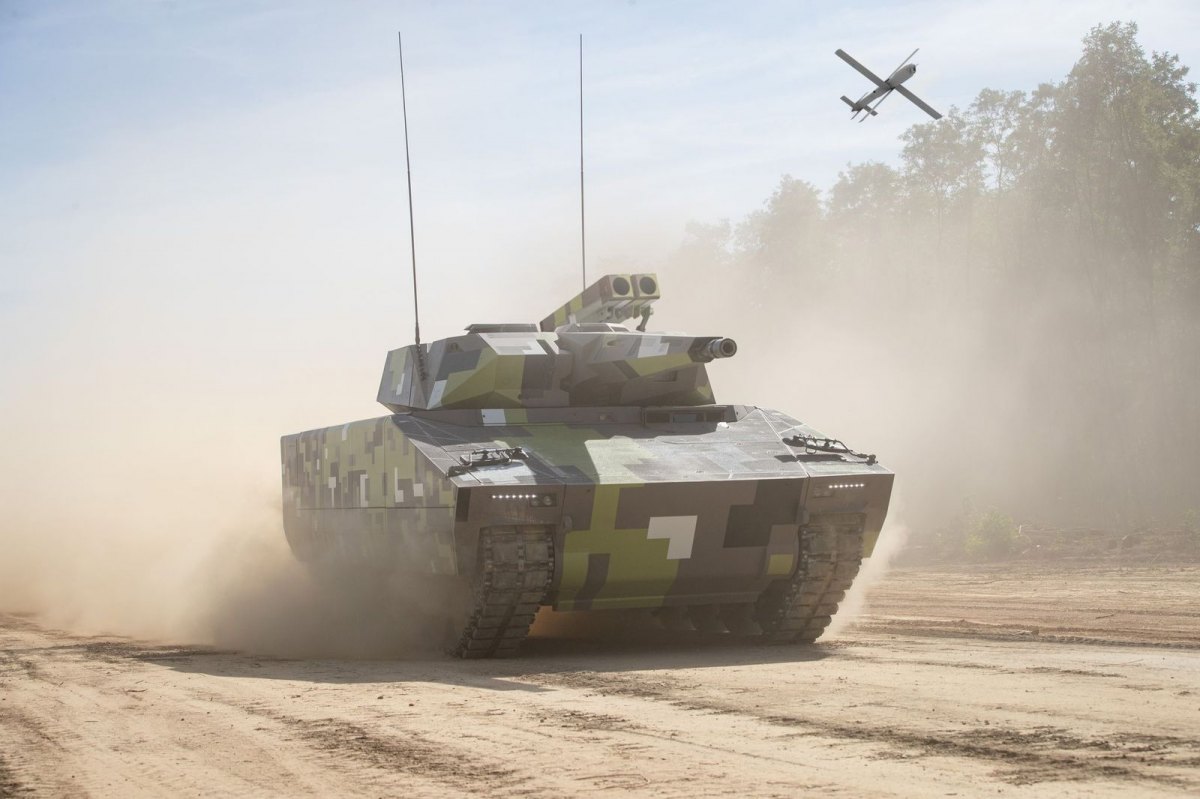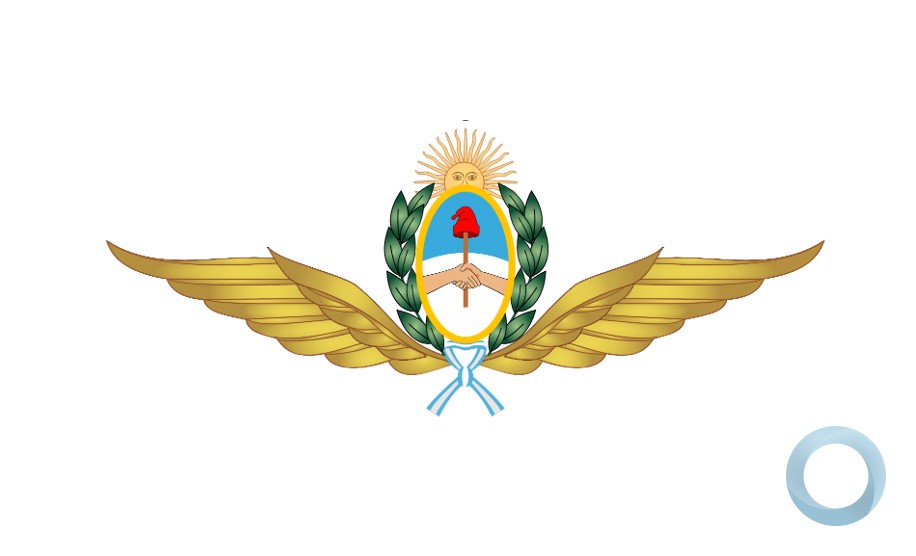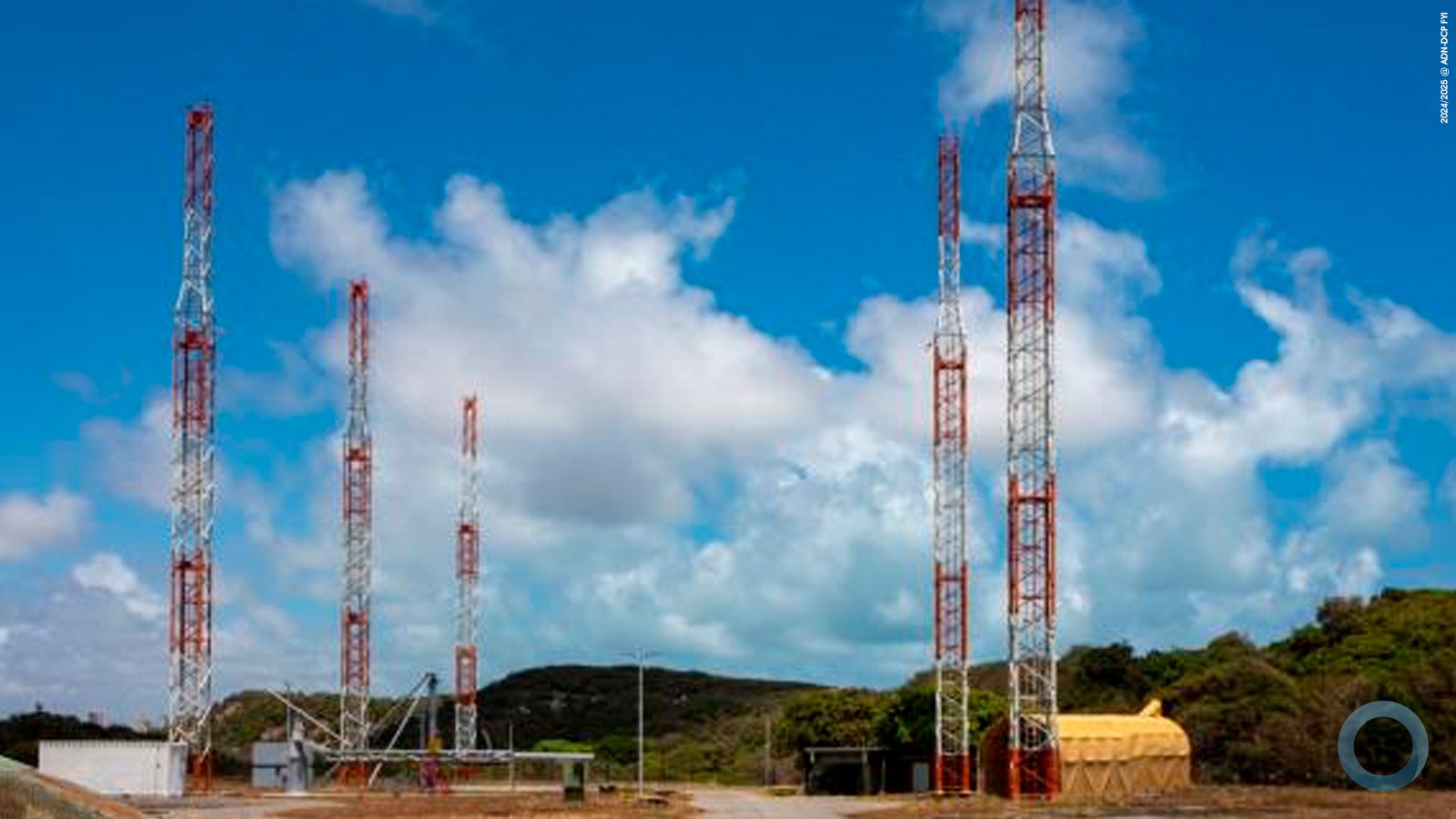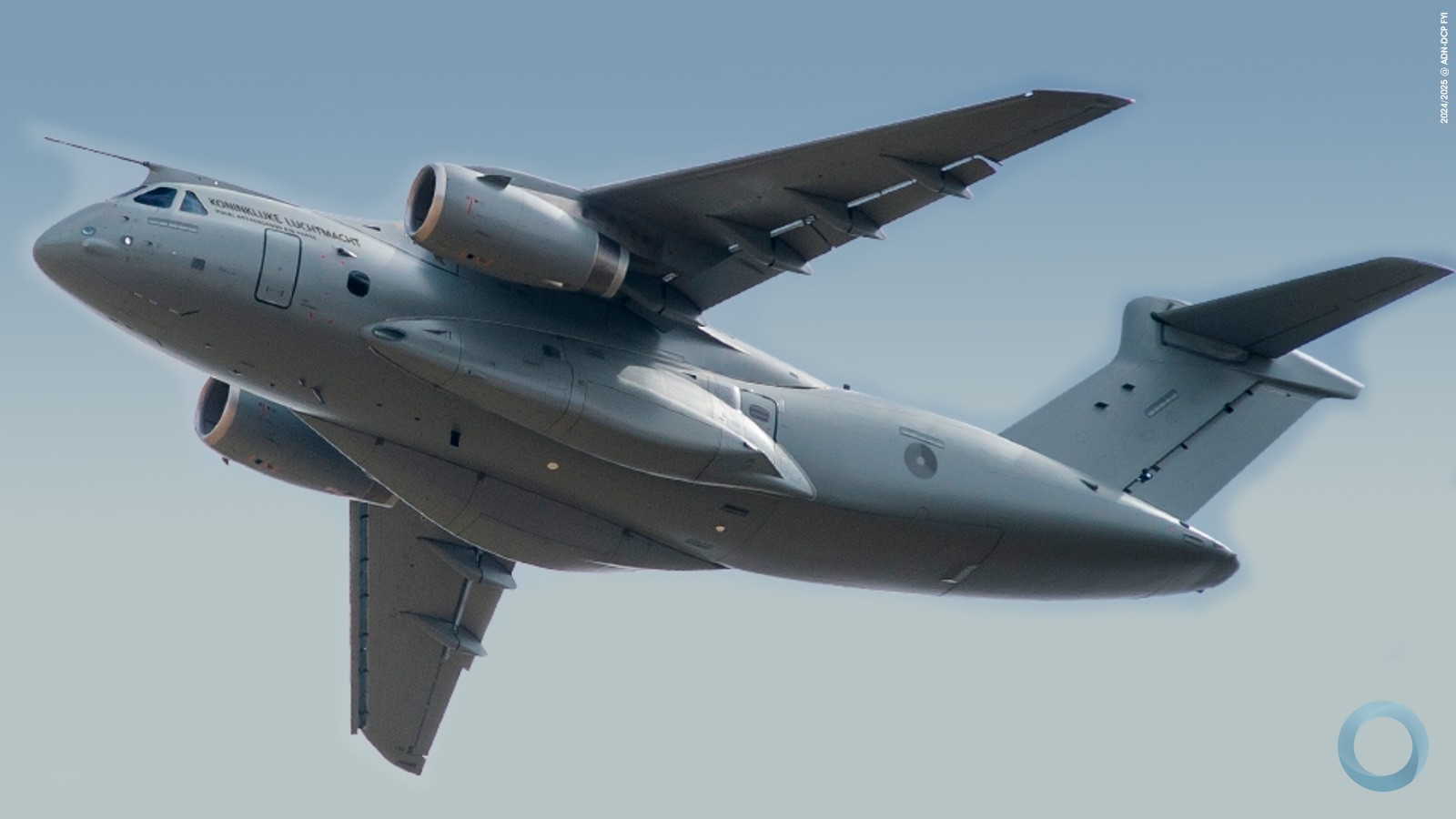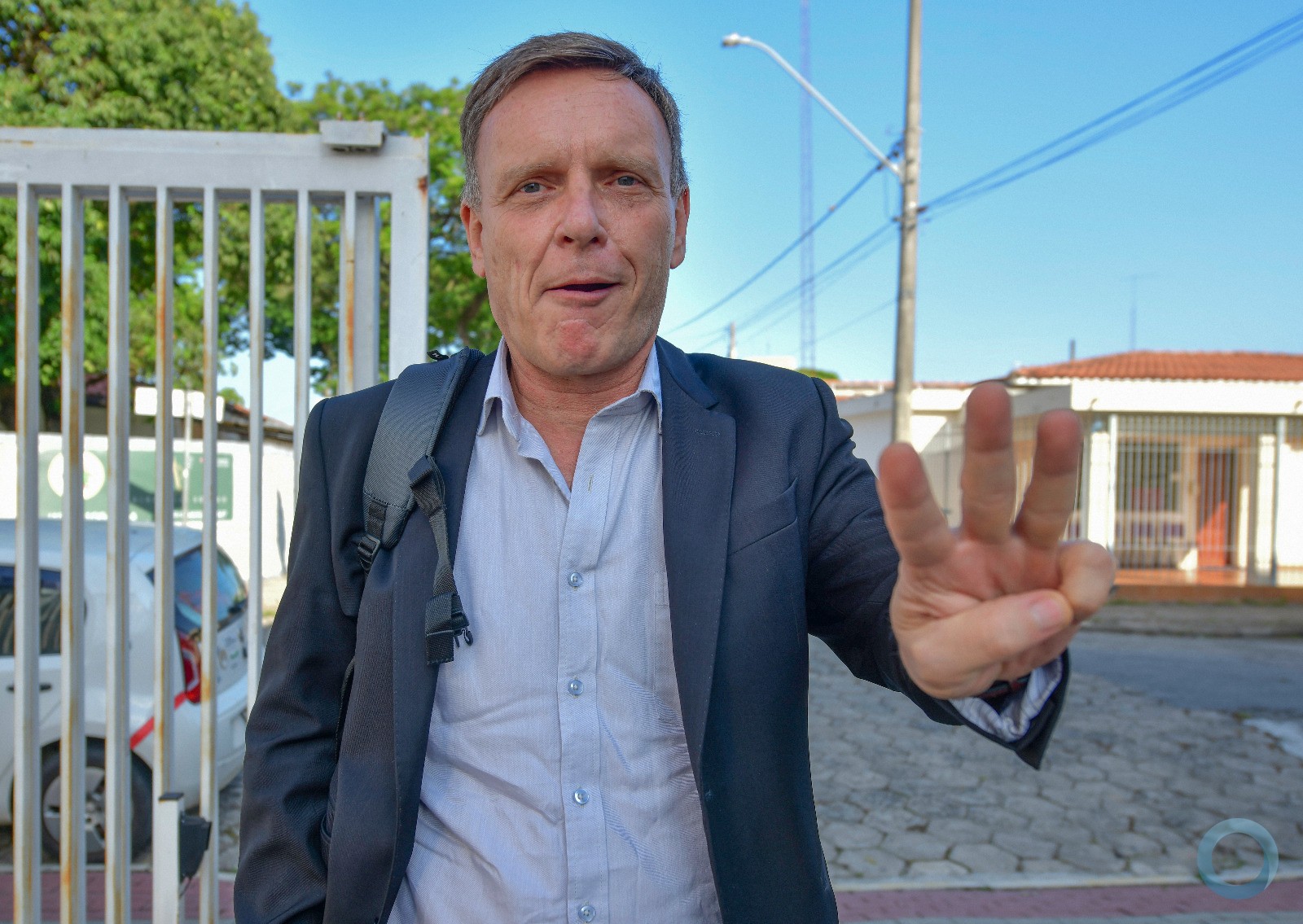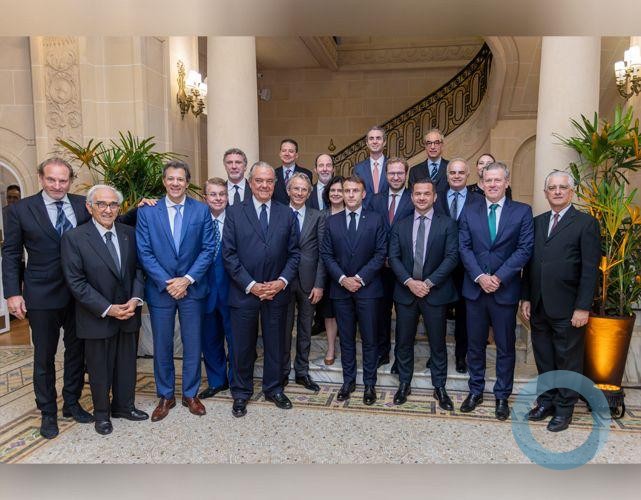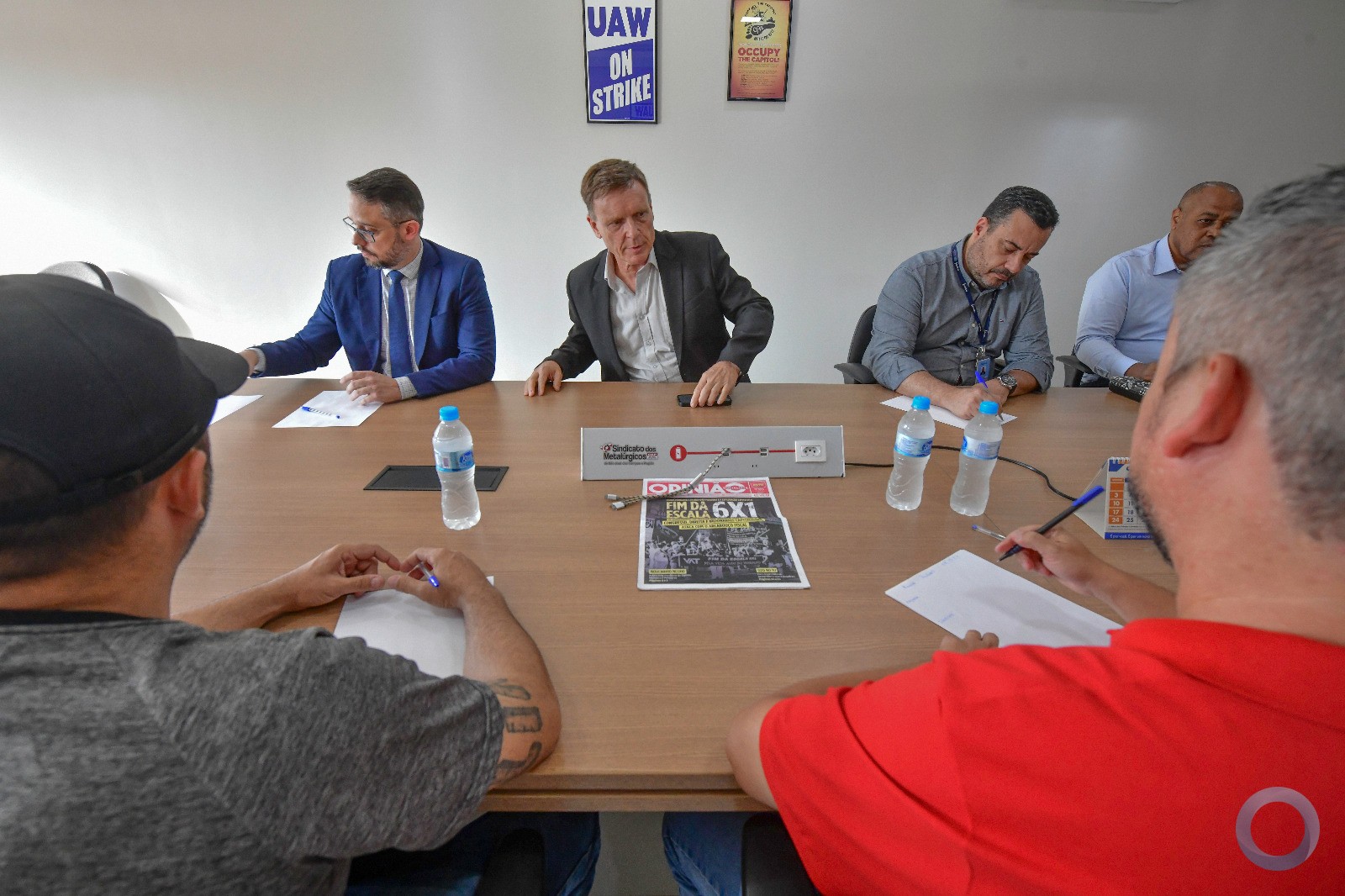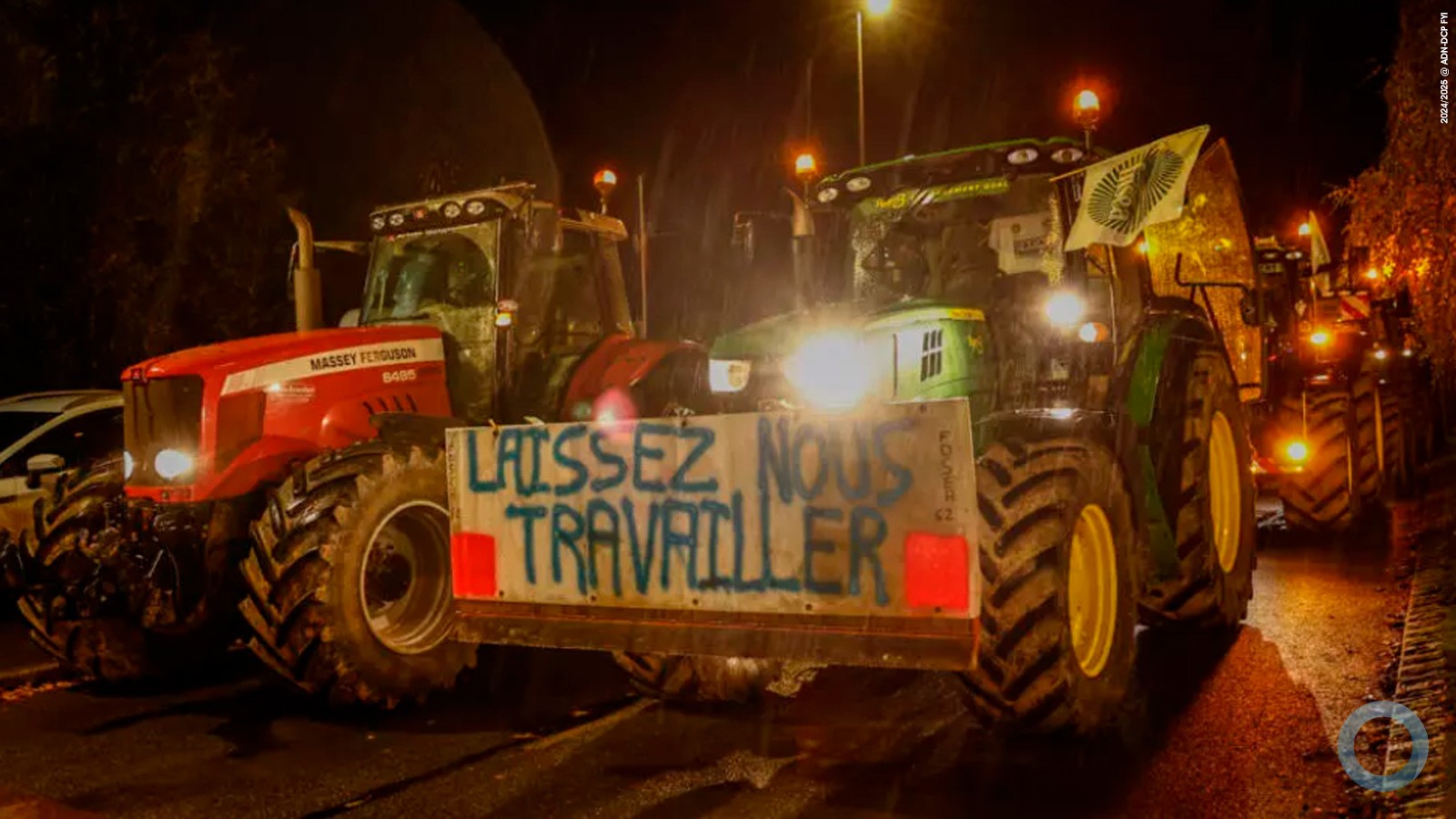Nuclear weapon modernization continues but the outlook for arms control is bleak: New SIPRI Yearbook out now
(Stockholm, 15 June 2020) The Stockholm International Peace Research Institute (SIPRI) today launches the findings of SIPRI Yearbook 2020, which assesses the current state of armaments, disarmament and international security. A key finding is that despite an overall decrease in the number of nuclear warheads in 2019, all nuclear weapon-possessing states continue to modernize their nuclear arsenals.
Nuclear warhead reductions continue despite growing tensions
The nine nuclear-armed states—the United States, Russia, the United Kingdom, France, China, India, Pakistan, Israel and the Democratic People’s Republic of Korea (North Korea)—together possessed an estimated 13 400 nuclear weapons at the start of 2020. This marked a decrease from the 13 865 nuclear weapons that SIPRI estimated these states possessed at the beginning of 2019 (see table below). Around 3720 of the nuclear weapons are currently deployed with operational forces and nearly 1800 of these are kept in a state of high operational alert.
The decrease in the overall number of nuclear weapons in the world in 2019 was largely due to the dismantlement of retired nuclear weapons by Russia and the USA—which together still possess over 90 per cent of global nuclear weapons. The reductions in US and Russian strategic nuclear forces required by the 2010 Treaty on Measures for the Further Reduction and Limitation of Strategic Offensive Arms (New START) were completed in 2018, and in 2019 the forces of both countries remained below the limits specified by the treaty.
New START will lapse in February 2021 unless both parties agree to prolong it. However, discussions to extend New START or to negotiate a new treaty made no progress in 2019. This was due in part to the US administration’s insistence that China must join any future nuclear arms reduction talks—something that China has categorically ruled out.
‘The deadlock over New START and the collapse of the 1987 Soviet–US Treaty on the Elimination of Intermediate-Range and Shorter-¬Range Missiles (INF Treaty) in 2019 suggest that the era of bilateral nuclear arms control agreements between Russia and the USA might be coming to an end,’ says Shannon Kile, Director of SIPRI’s Nuclear Disarmament, Arms Control and Non-proliferation Programme. ‘The loss of key channels of communication between Russia and the USA that were intended to promote transparency and prevent misperceptions about their respective nuclear force postures and capabilities could potentially lead to a new nuclear arms race.’
Next-generation nuclear weapon systems are in development
Russia and the USA have extensive and expensive programmes under way to replace and modernize their nuclear warheads, missile and aircraft delivery systems, and nuclear weapon production facilities. Both countries have also given new or expanded roles to nuclear weapons in their military plans and doctrines, which marks a significant reversal of the post-cold war trend towards the gradual marginalization of nuclear weapons.
The nuclear arsenals of the other nuclear-armed states are considerably smaller but all these states are either developing or deploying new weapon systems or have announced their intention to do so. China is in the middle of a significant modernization of its nuclear arsenal. It is developing a so-called nuclear triad for the first time, made up of new land- and sea-based missiles and nuclear-capable aircraft. India and Pakistan are slowly increasing the size and diversity of their nuclear forces, while North Korea continues to prioritize its military nuclear programme as a central element of its national security strategy. Although North Korea adhered to its self¬-declared moratorium on the testing of nuclear weapons and long¬-range ballistic missiles in 2019, during the year it conducted multiple flight tests of shorter-range ballistic missiles, including several new types of system.
Low levels of transparency in reporting on nuclear weapon capabilities
The availability of reliable information on the status of the nuclear arsenals and capabilities of the nuclear-armed states varies considerably. ‘The USA has disclosed important information about its stockpile and nuclear capabilities but in 2019 the US administration ended the practice of publicly disclosing the size of the US stockpile,’ says Hans M. Kristensen, Associate Senior Fellow with SIPRI’s Nuclear Disarmament, Arms Control and Non-proliferation Programme and Director of the Nuclear Information Project at the Federation of American Scientists (FAS). The UK and France have also declared some information. Russia does not make publicly available a detailed breakdown of its forces counted under New START, even though it shares this information with the USA.
The governments of India and Pakistan make statements about some of their missile tests but provide little information about the status or size of their arsenals. North Korea has acknowledged conducting nuclear weapon and missile tests but provides no information about its nuclear weapon capabilities. Israel has a long-standing policy of not commenting on its nuclear arsenal.
|
Country |
Deployed warheads* |
Other warheads** |
Total 2020 |
Total 2019 |
|
USA |
1 750 |
4 050 |
5 800 |
6 185 |
|
Russia
|
1 570
|
4 805
|
6 375
|
6 500
|
|
UK***
|
120
|
95
|
215
|
200
|
|
France
|
280
|
10
|
290
|
300
|
|
China
|
|
320
|
320
|
290
|
|
India
|
|
150
|
150
|
130–140
|
|
Pakistan |
|
160
|
160
|
150–160
|
|
Israel |
|
90
|
90
|
80–90
|
|
North Korea |
.. |
(30–40)
|
(30–40)
|
(20–30)
|
|
Total |
3 720 |
9 680
|
13 400
|
13 865
|
* ‘Deployed warheads’ refers to warheads placed on missiles or located on bases with operational forces.
** ‘Other warheads’ refers to stored or reserve warheads and retired warheads awaiting dismantlement.
*** The British Government has stated that the process to reduce the stockpile to 180 warheads is under way. Although some sources suggest that the stockpile remains at 215 warheads, it is possible that, under this process, the stockpile may have already been reduced.
Notes: SIPRI revises its world nuclear forces data each year based on new information and updates to earlier assessments. Total figures include the highest estimate when a range is given. Figures for North Korea are highly uncertain and are not included in total figures. All estimates are approximate.
A year of rising international instability
The 51st edition of the SIPRI Yearbook reveals a continuing deterioration in the conditions for international stability. This trend is reflected in, among other things, an unfolding crisis of nuclear arms control that suffered further setbacks in 2019. ‘In these times of ever-increasing geopolitical tensions, the absence of adequate measures to monitor nuclear arsenals and to prevent the proliferation of nuclear weapons and materials is a particularly worrying development,’ says Kile.
In addition to its detailed coverage of nuclear arms control and non-proliferation issues, the latest edition of the SIPRI Yearbook also includes insight on developments in conventional arms control in 2019; regional overviews of armed conflicts and conflict management; in-depth data and discussion on military expenditure, international arms transfers and arms production; and comprehensive coverage of efforts to counter chemical and biological security threats.





